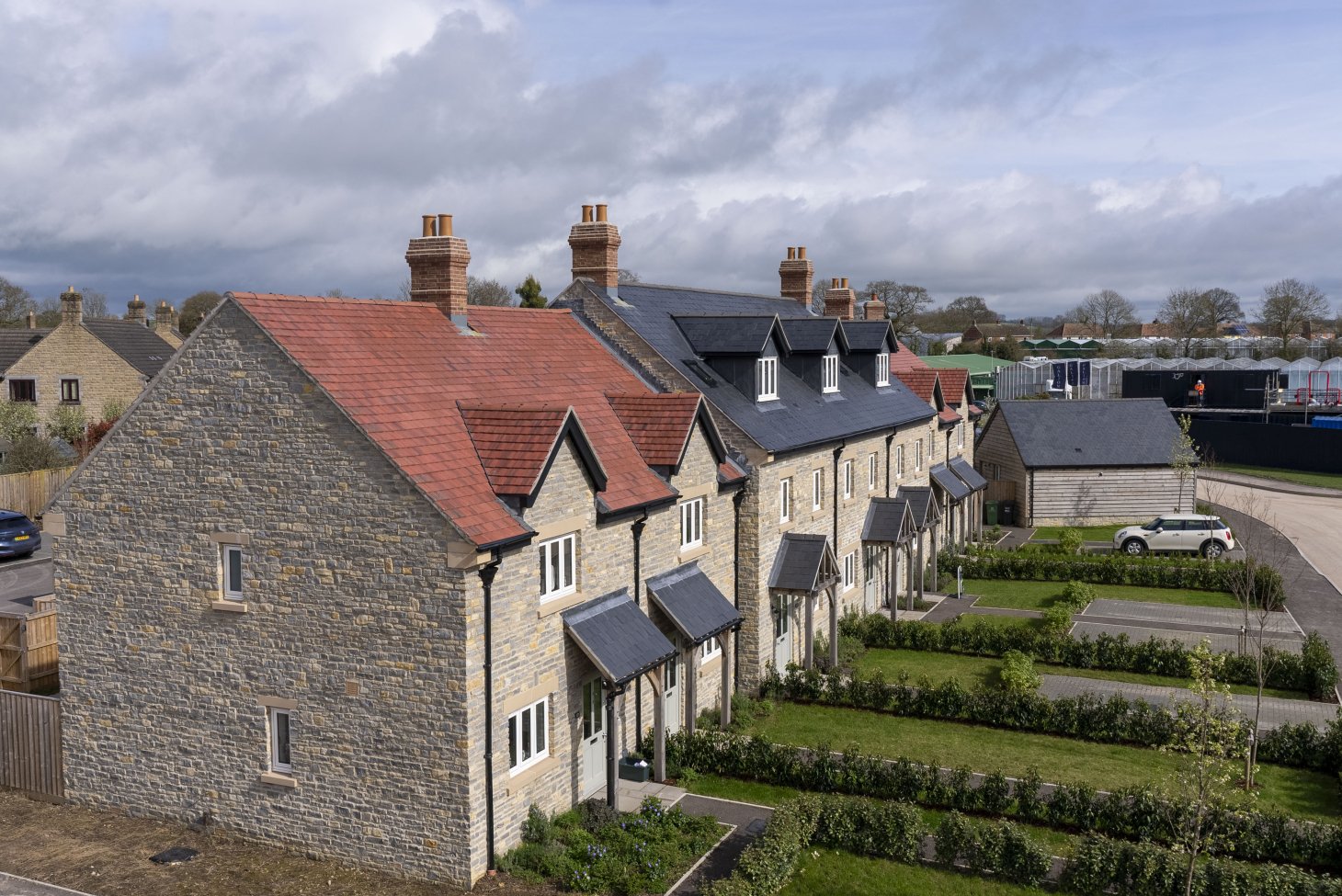
The recent government announcement (May 2025) of a series of measures to support SME housebuilding companies is hugely welcome.
The package of promises includes: a streamlined planning approvals process, exemptions from the Building Safety Act levy and biodiversity net gain requirements, and a range of measures to help with access to funding and credit.
It’s a mix of practical support that should help with some of the most pressing concerns of smaller housebuilders but, perhaps more importantly, it signals a recognition from government that the housebuilding market could really benefit from more diversity in its supply chain.
Can it be right, after all, that 60 per cent of new homes built in England are provided by just 10 companies?
The SME housebuilding companies, traditionally the backbone of housing provision in local communities have had it tough in the last forty years. Increasingly complex legislation, planning delay and lack of suitable sites are all everyday challenges endured in the notoriously volatile private housebuilding sector.
Perhaps it’s not surprising that the number of SME housebuilders has decreased by 65% in the past 30 years and the group now builds just 10% of new homes in England.
Does it matter?
There are strong economic arguments for increasing the range of organisations involved in this critical sector, but there are some hugely significant social factors too.
The fact that SMEs train over two thirds of construction apprentices, for one. With a bigger focus on directly employed labour, smaller companies have more incentive to support and train their staff over a longer time period, building desperately needed skills into the sector.
We have also found over the years that smaller companies tend to be more open to innovation – prepared to try new products and new systems while the volume companies stick with tried and tested methods.
And then there is the simple size of the site: SMEs are often the companies to unlock smaller, trickier sites that can bring new homes to market quickly. Small builders tend to be building in their local area with an understanding and empathy for their community; they are also more likely to use one-off designs for small plots rather than standard house types.
There are a host of arguments to suggest that housebuilding needs the diversity, innovation, local knowledge and commitment demonstrated by SME housebuilders. Does this new announcement address the fundamental issues?
When asked, such builders cite planning problems as their number one challenge. A 2024 survey published by the Home Builders Federation and Travis Perkins reported 51 per cent of SMEs waiting over a year to obtain planning permission. With money already committed to the site, that’s a huge financial drain for a small company.
This is one area where the new initiative should have a real impact, with planning committees replaced by expert planning officers. This move potentially eliminates the time-consuming ping-pong of committee negotiations.
Smaller builders also struggle with finding viable and available land. This issue is addressed by the promise that Homes England will release more land specifically for SME builders.
Easing of the complex rules around biodiversity net gain (BNG) rules will be a relief for smaller companies and the new category of “medium sites” (between 10 and 49 homes) allows these projects to face fewer rules and lower costs.
And finally finance: the £100m promised in “accelerator loans” and a new National Housing Delivery Fund to improve long-term financing should help builders secure funding to grow and take on more projects.
The combination of actions outlined in this plan is hugely welcome. It will not address all the challenges faced by smaller builders in one go, but perhaps the most important aspect of the announcement is the recognition of the importance of SME builders. We need support to be consistent over the long term if this group is going to grow and prosper, but it is a good start from a government that understands the urgent need to address the chronic lack of new homes.